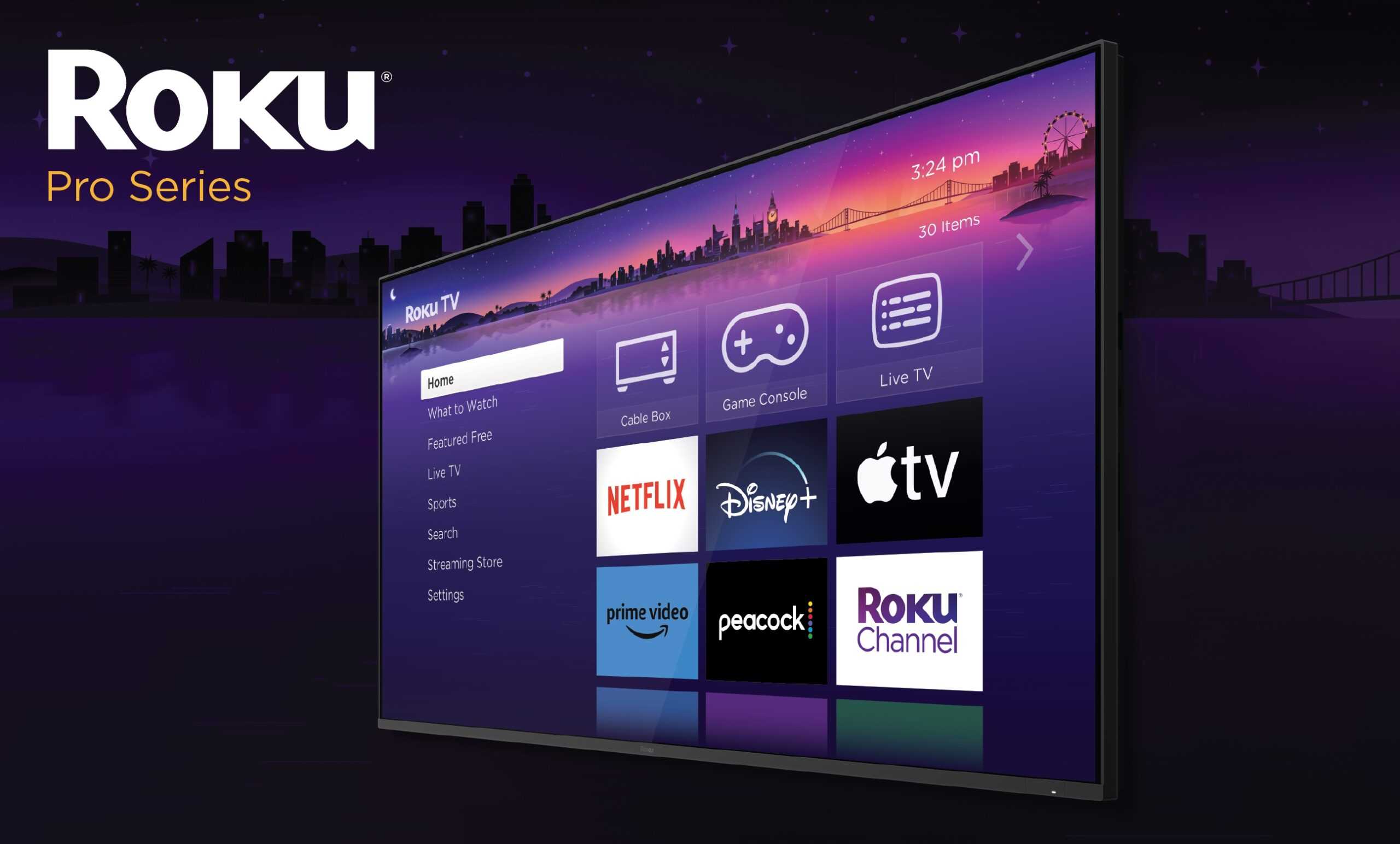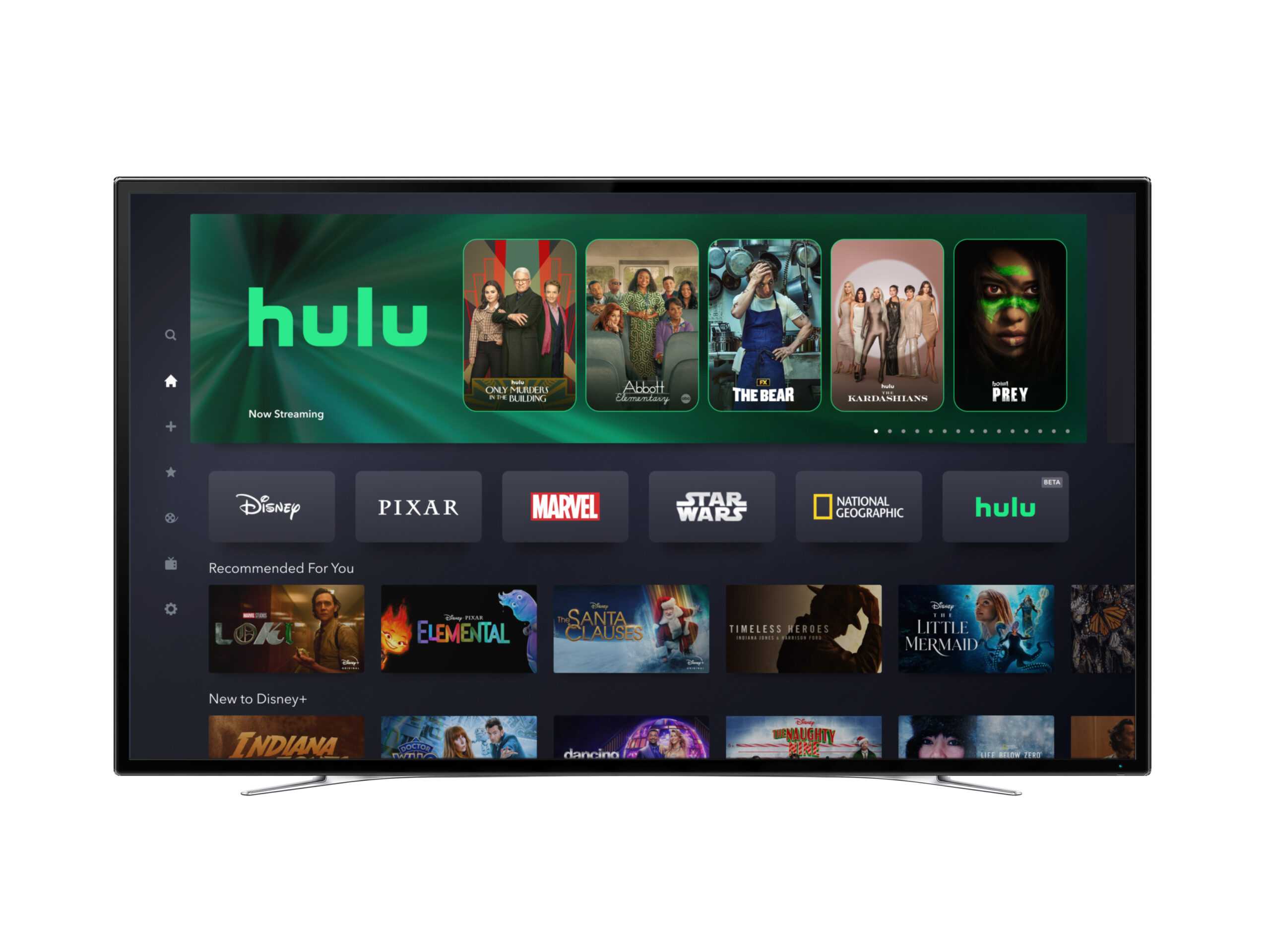After reporting subscriber losses in back-to-back quarters earlier this year, Netflix announced a net gain of 2.4 million subscribers in the last quarter, and expects to see more in Q4 with the introduction of a lower-priced ad supported tier starting in November. The Basic with Ads ad tier will be launched in 12 markets starting November 1st, with US consumers having the option on November 3rd.
Netflix hopes the lower-priced ad tier can help them appeal to a broader audience, as it will provide an additional option for cost-conscious consumers not currently subscribed, or help the platform retain those who would otherwise cancel if a cheaper alternative were not available. Notably, Netflix will be first out of the gate, launching its ad tier about a month earlier than the ad tier on Disney+ (which has announced its launch as December 8) – and it will be cheaper, coming in at $6.99 compared to Disney’s $7.99 plan.
Launching an ad tier does come with a couple of trade-offs for Netflix. Not all content available on the ad-free version will be available on the Basic with Ads tier due to licensing restrictions with the content producers. Netflix estimates that about 5-10% of the overall content found on the ad-free version may not be available. Ad-supported subscribers also will not be able to download content for offline viewing. The Basic with Ads tier, like the Basic tier, will have its video quality limited to standard 720p high definition.
Ads on Netflix have been in demand, with its initial launch inventory nearly sold out. Netflix says that its ads will be 15 and 30 seconds in length and will run approximately 4 to 5 times per hour, being shown before and during shows and movies. Netflix will also implement “frequency caps” that will prevent how often an ad may repeat.
Interpret’s VideoWatch data shows Netflix subscribers are less tolerant of longer ads (30 seconds or longer) than Disney+ viewers and streaming viewers in general. As Netflix enters the advertising space, it will also need to become more transparent about viewership in order to better sell ad slots. It also amplifies the impact of password sharing, as deflated viewer numbers make advertising less valuable as advertisers look not only at number of impressions (how often the ad is shown), but also unique impressions (how many unique individuals see the ad). A larger subscriber base on the Basic with Ads tier will enable Netflix to earn more ad revenue.
Netflix will also begin cracking down on password sharing, charging an additional fee for “extra users” who reside outside the household of the main account holder. The long-anticipated move follows a pilot program that was tested in Latin America and aims to help Netflix recoup some of its lost revenues from password sharing. Netflix recently introduced Profile Transfer, a new feature that allows users to create a new account and transfer an existing profile (and its associated viewing history, saved lists, recommendations, and game data) from another account to the new account.








